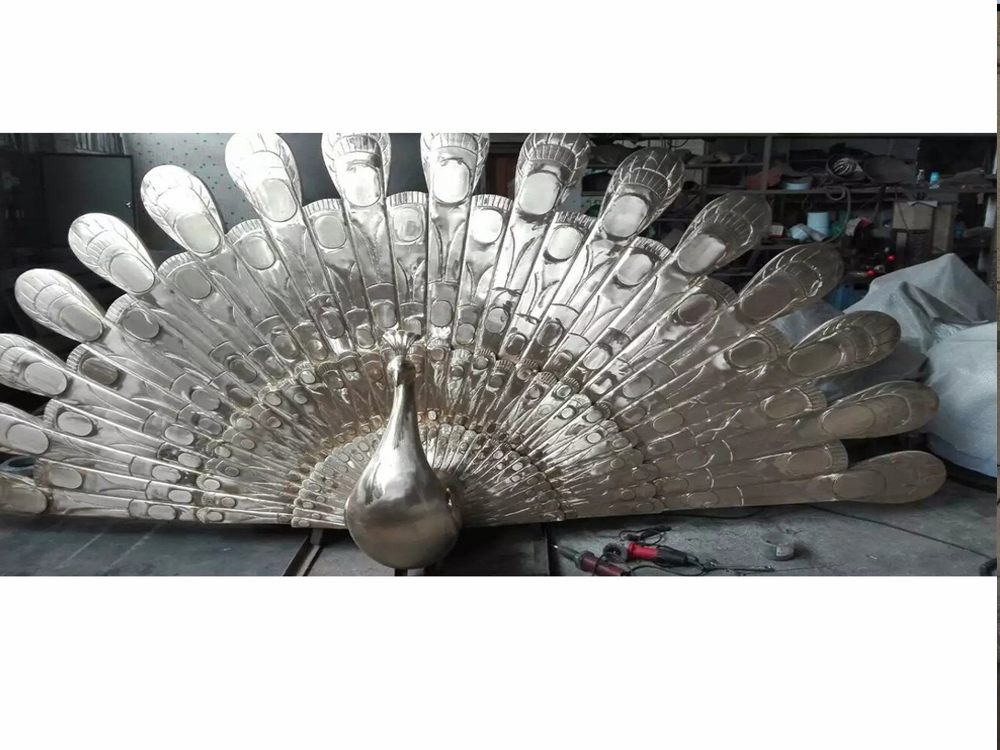
Stone carving is an ancient art form that has evolved significantly over time. Traditional stone carving methods rely on time-tested techniques, often passed down through generations. These methods typically involve manual tools like chisels, hammers, and mallets, with a strong emphasis on precision and craftsmanship. The process is labor-intensive and requires years of training to master. Traditional carvers often focus on replicating classical designs or religious motifs, adhering to strict stylistic conventions.
In contrast, experimental stone carving embraces modern technology and unconventional approaches. Artists may use power tools like angle grinders, pneumatic hammers, or even CNC machines to achieve unique textures and forms. Experimental methods prioritize creativity over tradition, allowing for abstract or contemporary designs. Some artists incorporate mixed media, combining stone with other materials like metal or glass. The focus shifts from technical perfection to artistic expression, often resulting in bold, innovative pieces.
Another key difference lies in the materials. Traditional carving often uses locally sourced stones like marble or limestone, while experimental artists may explore unconventional materials or repurpose found stones. The finishing process also varies; traditional carvings are usually polished to a smooth finish, whereas experimental works might retain rough textures or incorporate intentional imperfections.
Ultimately, both methods have their merits. Traditional carving preserves cultural heritage and technical mastery, while experimental carving pushes boundaries and redefines the art form. The choice between them depends on the artist's goals—whether to honor the past or innovate for the future.

